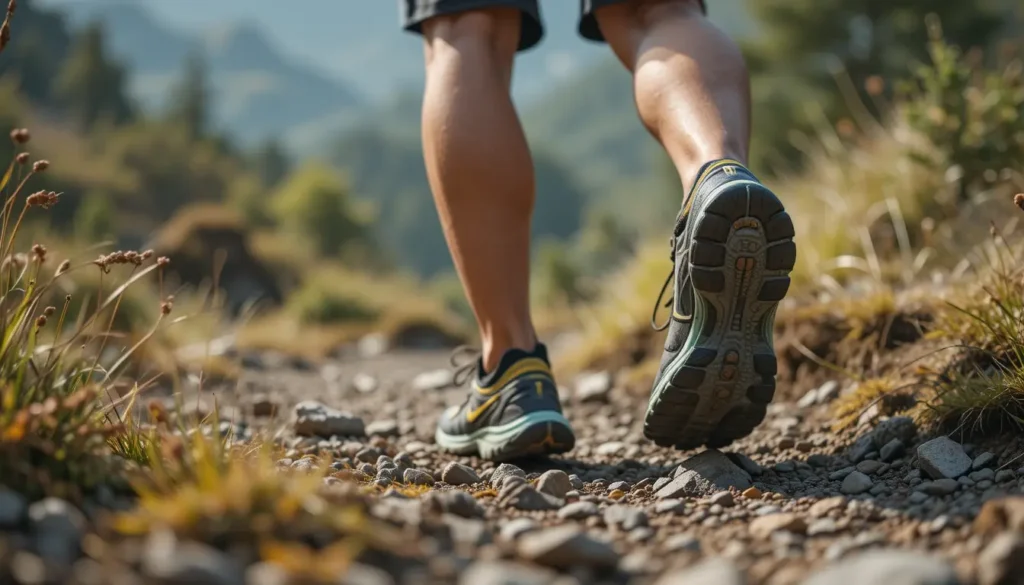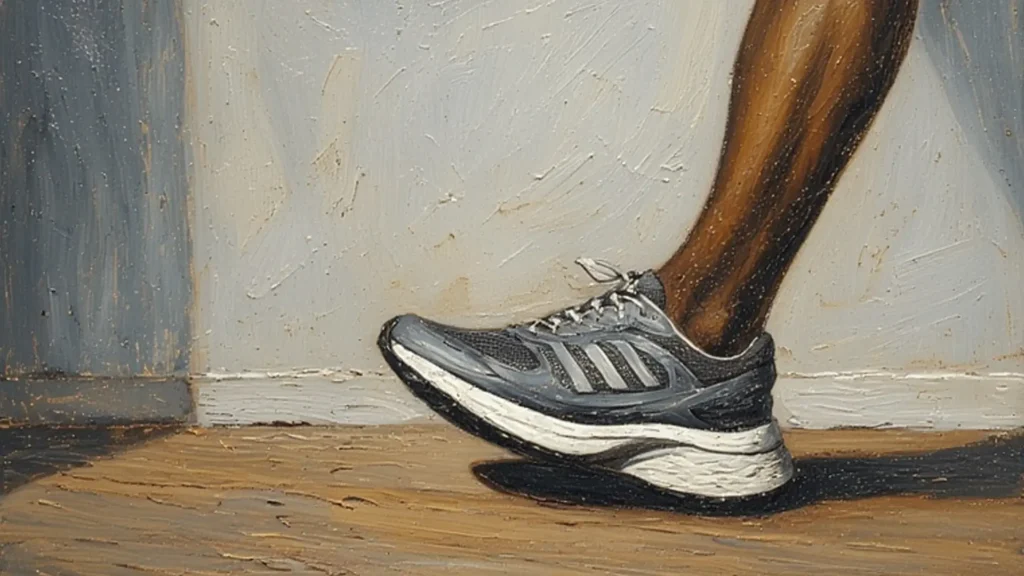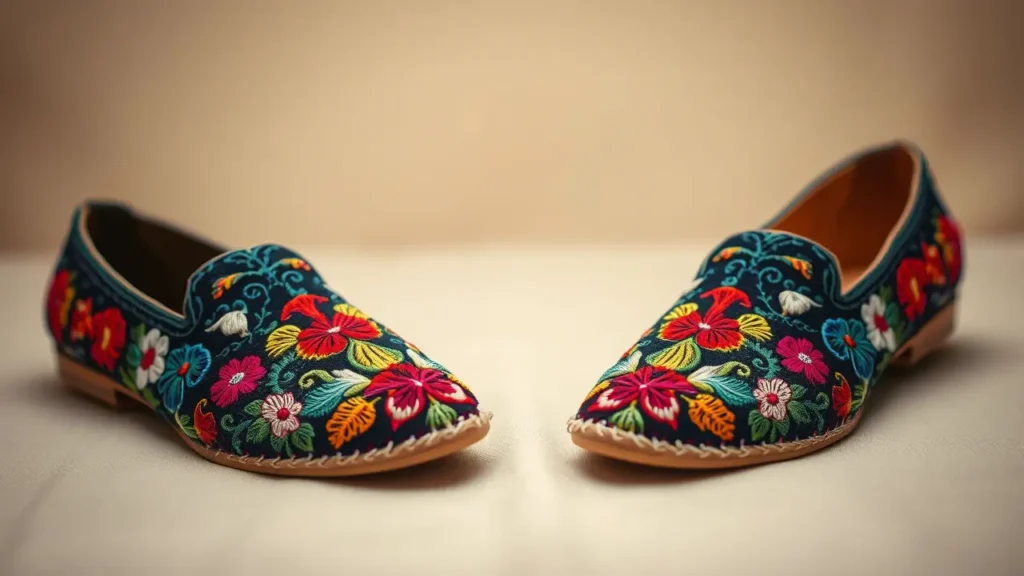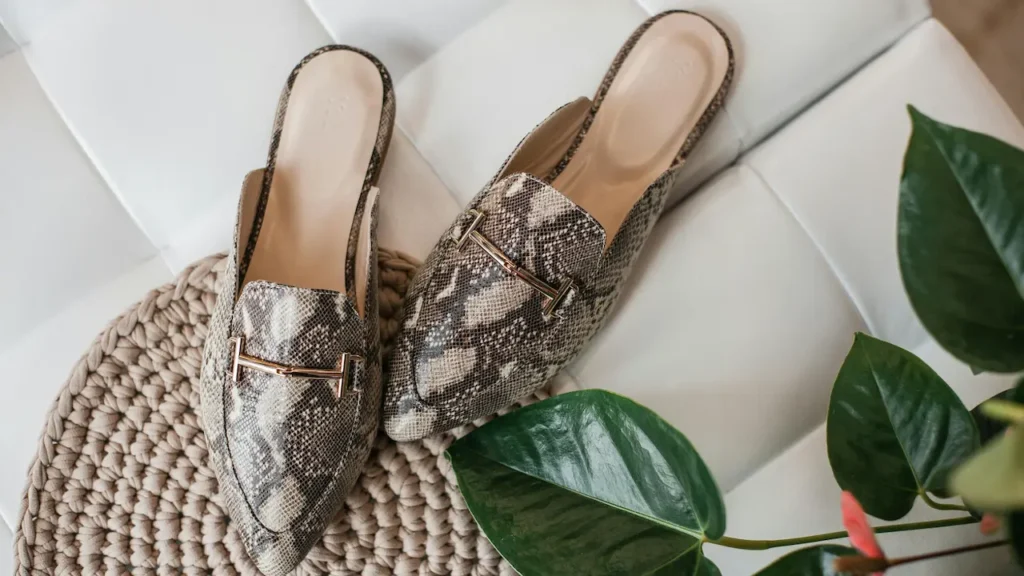Finding the right orthopedic shoes can feel easy until the seasons change. What feels perfect in summer may be unbearable in winter. Weather affects how shoes support, protect, and comfort your feet. The wrong choice can lead to pain, stiffness, or injuries.
This article will guide you through choosing orthopedic shoes for each season. You will learn what to focus on when the temperature rises or falls. You will see why design, material, and fit matter differently across spring, summer, fall, and winter. By the end, you will know how to keep your feet comfortable and supported all year.
Feet do not feel the same in all weather. In heat, they swell and sweat. In cold, they stiffen and lose circulation. Seasonal shifts change how pressure spreads across your foot. Shoes that fail to adapt make foot pain worse.
Orthopedic shoes are built to support alignment, ease pressure, and protect joints. But support needs vary with conditions. For example, summer requires breathability and space, while winter calls for insulation and traction. Ignoring these differences reduces the benefit of your shoes.
Paying attention to the season is not a detail. It is the key to preventing problems such as plantar fasciitis flare-ups, bunion pain, or poor circulation. This is why choosing with seasons in mind matters more than most people think.
Orthopedic Shoes for Warm Weather
Warm weather brings unique challenges for your feet. Spending more time outdoors increases exposure to heat, which can cause feet to swell. Higher temperatures also make your feet sweat more, which can lead to discomfort, blisters, or skin irritation.
Choosing the right orthopedic shoes for summer is not just about comfort—it is about protecting your feet while maintaining proper support. Shoes that trap heat or do not allow foot expansion can worsen pain or cause fatigue during long walks or daily activities.
One of the most important features for warm-weather shoes is breathable uppers. Materials such as mesh or perforated leather allow air to circulate around your feet, reducing moisture buildup.
Good ventilation keeps feet cooler and prevents odor, which is particularly important if you are wearing shoes for long periods. Shoes with breathable uppers help maintain skin health while keeping your feet comfortable in rising temperatures.
Lightweight midsoles are another key factor. EVA foam or cushioned midsoles absorb impact without adding unnecessary weight. Heavy shoes can tire your feet quickly, especially in summer when you are more active outdoors. Lightweight midsoles provide cushioning that protects joints and arches while keeping your shoes agile and easy to walk in.
Adjustable straps or closures, such as Velcro or buckles, allow your shoes to adapt to natural swelling. Feet expand slightly throughout the day in heat, and shoes that cannot adjust will feel tight and cause discomfort. Being able to loosen or tighten shoes as needed ensures a secure fit without pressure points.
Proper arch support is critical in warm weather. As feet swell, arches can flatten slightly, which increases the risk of pain or strain. Orthopedic shoes with built-in arch support stabilize the foot, maintain alignment, and prevent conditions such as plantar fasciitis from worsening. Shoes with good arch support keep walking or standing comfortable, even in high temperatures.
An open or semi-open design can further improve comfort. Sandals or shoes with openings at the top allow maximum airflow while still providing orthopedic support. These designs are especially useful for casual walks, errands, or outdoor activities where ventilation reduces sweat and overheating. Semi-open shoes still protect the heel and arch while keeping the foot cool.
Practical options for summer include orthopedic sandals with deep heel cups. These sandals provide stability while allowing air circulation. Lightweight walking sneakers with removable insoles are also excellent, as they let you insert custom orthotics for added support. Choosing shoes with removable insoles adds flexibility and helps maintain comfort for extended outdoor use.
Orthopedic Shoes for Rain and Fall
Rainy and fall seasons bring unique challenges for your feet. Wet sidewalks, slippery streets, and damp grass increase the risk of slips and falls. Feet can get cold, damp, or fatigued if shoes fail to provide both protection and support.
Choosing orthopedic shoes for this season is essential to maintain safety, comfort, and alignment. Shoes must keep your feet dry, provide stable footing, and prevent strain on joints while adapting to changing weather conditions.
A key feature to focus on is slip-resistant soles. Rubber outsoles with deep grooves provide traction on wet and uneven surfaces. This helps prevent falls on slick pavements or leaves that accumulate in fall. Proper traction also stabilizes your step, reducing stress on ankles, knees, and hips while walking or standing outdoors.
Water-resistant uppers are equally important. Treated leather or synthetic materials repel moisture, keeping your feet dry in rain or puddles. Dry feet are less likely to develop blisters, fungal infections, or discomfort during extended outdoor activity. Water-resistant shoes also maintain their shape and support, unlike regular shoes that can collapse when soaked.
Firm heel support ensures stability on slippery surfaces. Orthopedic shoes with a structured heel prevent wobbling and twisting, reducing the risk of ankle injuries. A secure heel also keeps the foot properly aligned, which helps prevent pain in the arches and joints. Shoes without proper heel support increase fatigue and make walking on wet or uneven surfaces risky.
Room for socks is another consideration. Fall weather often requires thicker socks for warmth, and shoes need to accommodate them without squeezing. Extra space prevents pressure points, improves circulation, and allows for adjustments if your feet swell slightly during outdoor activity.
Removable insoles add flexibility and hygiene. They allow you to swap in moisture-wicking or custom orthotic insoles to better manage dampness. Removable insoles are easier to clean and dry, keeping shoes fresh and comfortable throughout the season.
Practical options include waterproof orthopedic walking shoes designed for extended outdoor use. These shoes combine traction, support, and water resistance, making them ideal for rainy days or autumn walks. Supportive slip-on shoes are also useful for quick transitions indoors and outdoors, providing protection without complicated laces or adjustments.
Cold winter weather introduces new challenges for foot health. Frozen sidewalks, snow, and ice increase the risk of slips and falls.
Reduced circulation in cold temperatures can make feet feel stiff or numb. Extended exposure to cold without proper footwear can worsen joint pain and fatigue. Choosing the right orthopedic shoes in winter is essential to maintain warmth, stability, and comfort while protecting feet from harsh conditions.
Insulated lining is a top priority in winter shoes. Materials such as fleece, Thinsulate, or thermal linings keep feet warm while maintaining flexibility.
Insulation helps prevent numbness and protects against frostbite or extreme cold during prolonged outdoor activity. Shoes with good insulation allow you to wear thinner or moderately thick socks while still staying warm, improving overall comfort and foot health.
A wide toe box is also essential. Winter socks are typically thicker than summer socks, and feet may swell slightly in cold weather activity. Shoes with enough room prevent tightness or pressure on toes, reducing the risk of blisters, bunions, or circulation problems. Proper space in the toe area ensures that your feet remain comfortable while wearing multiple layers or heavier socks.
Deep treads on the outsole improve traction on icy or snowy surfaces. Rubber soles with well-defined grooves prevent slipping and provide stability during outdoor activities.
Adequate grip reduces the risk of ankle twists, falls, and joint stress, which is especially important for individuals with weak or sensitive feet. Shoes with shallow treads can feel unsafe and increase the likelihood of accidents.
Ankle support is crucial in winter footwear. Boots or high-top shoes that stabilize the ankle prevent twisting or rolling on uneven surfaces. Proper support helps maintain alignment from foot to knee, reducing the risk of pain or injury. Shoes with weak ankle support increase fatigue and make walking on slippery ground hazardous.
Shock absorption adds another layer of protection. Hard frozen ground can increase the impact on feet, joints, and the spine. Orthopedic shoes with cushioned midsoles absorb some of this shock, reducing pain and strain during long walks or daily tasks. Good shock absorption complements traction and ankle support, creating a safer and more comfortable walking experience.
Practical options for cold weather include orthopedic winter boots with thermal lining and traction soles. These boots provide insulation, deep treads, and ankle stability for outdoor conditions. Insulated high-top sneakers are also effective, offering arch and heel support while allowing mobility for casual activities. Choosing shoes with these features ensures both warmth and orthopedic protection.
Orthopedic Shoes for Spring Transition
Spring is a season of change, and your feet feel it. Some days bring warmth, while others remain cool, and sudden rain is common. This unpredictability requires shoes that can adapt to shifting weather without compromising comfort or support.
Choosing the right orthopedic shoes in spring ensures that your feet stay dry, aligned, and comfortable throughout a mix of conditions.
Flexible materials are essential for spring footwear. Shoes made with leather, mesh, or synthetic blends adjust to temperature changes and foot movement. Flexible uppers allow your feet to expand naturally as warmth increases, while still providing structure when the weather is cooler. Shoes that are too rigid may feel uncomfortable during long walks or outdoor activities.
Moisture control helps maintain foot health in spring. Linings that wick away sweat keep feet dry on warm days, while water-resistant surfaces prevent dampness from sudden showers. Shoes with good moisture management reduce the risk of blisters, irritation, or fungal infections. Maintaining dry and comfortable feet ensures you can stay active outdoors without discomfort.
Balanced cushioning is another key feature. Shoes should not be so heavy that they tire your feet on warm days, but also not so thin that they fail to protect against cooler temperatures or uneven surfaces. Proper cushioning supports arches and heels, reducing joint strain while maintaining comfort during longer walks or extended wear.
Neutral designs allow spring shoes to pair with various sock thicknesses. Thin socks can be used on warmer days, while medium socks provide warmth and comfort during cooler mornings or evenings. Orthopedic shoes that accommodate different sock layers prevent tightness and pressure, keeping feet comfortable in changing weather.
Arch and heel stability is crucial for transitional conditions. Walking on damp or uneven surfaces can increase the risk of missteps and joint stress. Shoes that support the arch and stabilize the heel maintain proper alignment, protecting your feet, knees, and lower back during activity. Stability ensures confidence and safety during outdoor walks, errands, or light sports.
Practical options for spring include transitional orthopedic sneakers with breathable but water-resistant uppers. These shoes offer flexibility, moisture management, and support in a single design. Supportive slip-resistant shoes are also useful for outdoor walks in mixed weather, providing traction on damp sidewalks or grassy paths. Both options balance comfort, support, and adaptability.
Shoes are not just about size or style. They are tools that protect your feet from seasonal stress. Warm weather needs breathability and space. Rain and fall need grip and protection from dampness. Winter requires insulation and traction. Spring demands balance and adaptability.
The payoff is clear: better comfort, fewer injuries, and improved mobility. Each season has different demands, but the goal remains the same—support your feet in the way they need at the time.
By choosing orthopedic shoes with the season in mind, you keep your feet healthy all year. And when your feet feel supported, the rest of your body benefits too.




